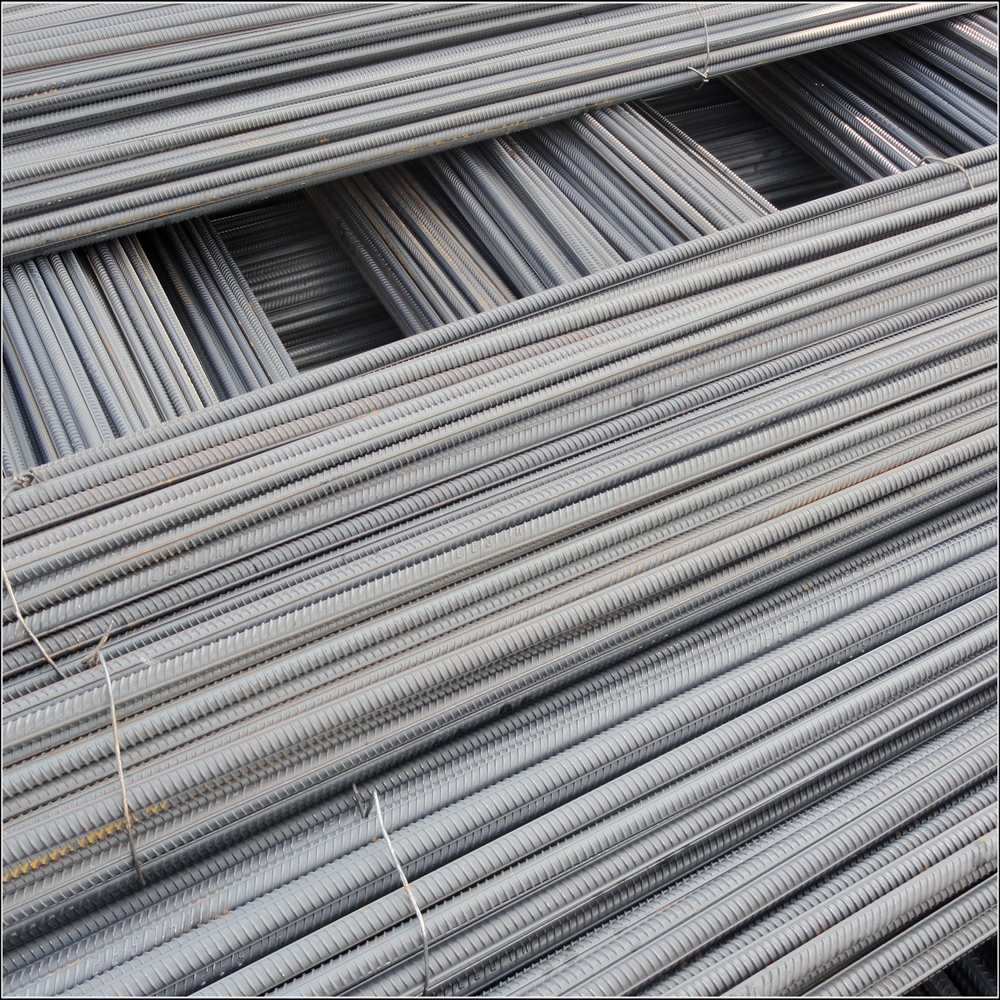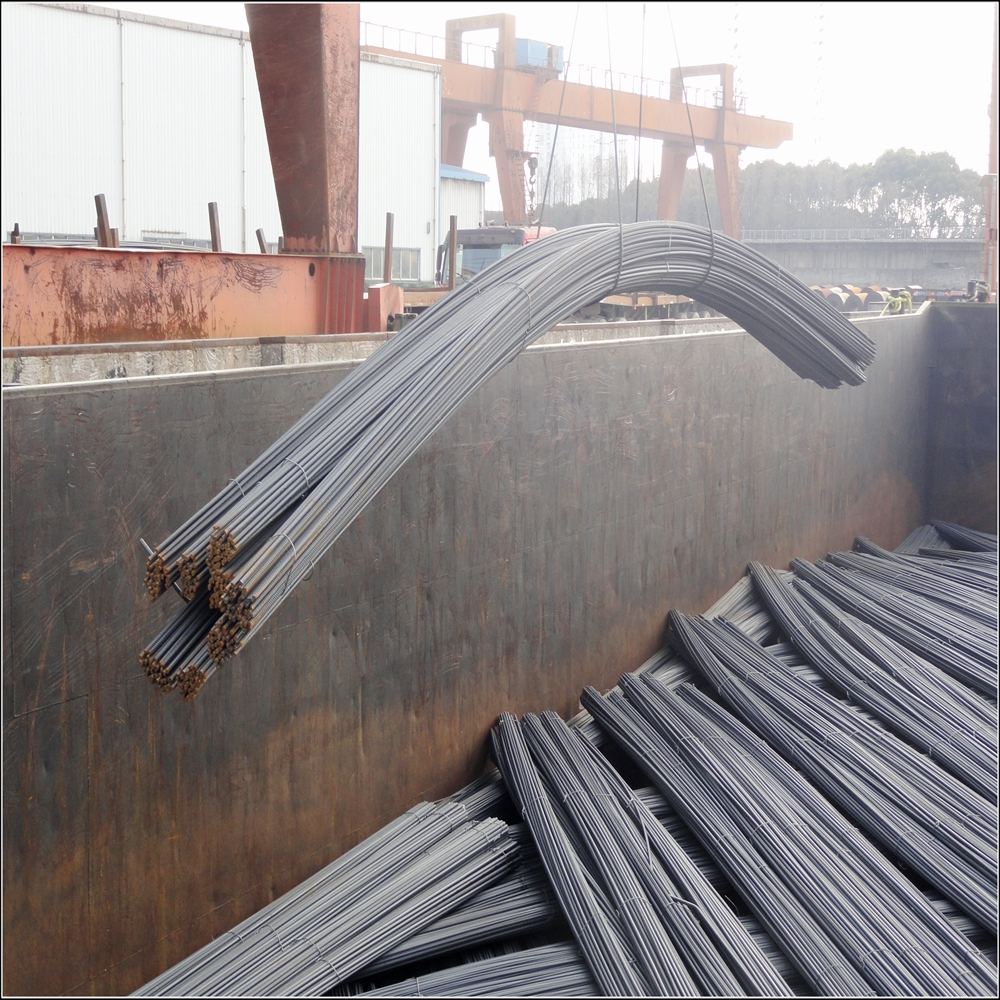Understanding Angle Steel
A deformed steel bar, often referred to as rebar, is a steel bar or mesh of steel wires that is used as a tension device in reinforced concrete and masonry structures. The surface of these bars is uniquely patterned with ridges or deformations, which significantly improve the bond between the steel and the concrete. This bond is crucial for ensuring that the two materials work together effectively to resist tensile forces, making deformed steel bars indispensable in construction.
Benefits of Angle Steel
Enhanced Bonding: The deformations on the surface of the steel bar create a mechanical interlock with the concrete, ensuring that the two materials act as a single unit. This feature is vital for the structural integrity of buildings, bridges, and other infrastructures.
High Tensile Strength: Deformed steel bars are manufactured to withstand high levels of stress and strain. Their tensile strength allows them to absorb and distribute loads effectively, making them ideal for use in high-rise buildings, highways, and other heavy-load applications.
Corrosion Resistance: Many deformed steel bars are treated or coated to resist corrosion, which is essential for structures exposed to harsh environmental conditions. This treatment extends the lifespan of the bars and reduces maintenance costs over time.
Versatility: Available in various grades, sizes, and lengths, deformed steel bars can be tailored to meet the specific requirements of any project. Whether it’s a residential building, a commercial complex, or an infrastructure project, there’s a deformed steel bar suitable for the job.
Cost-Effectiveness: While the initial investment in deformed steel bars may be higher than traditional reinforcement methods, their durability and strength lead to lower overall costs in terms of maintenance and repairs. This makes them a smart choice for long-term projects.
Applications of Angle Steel
Deformed steel bars are used in a wide range of applications, including:
Reinforced Concrete Structures: From foundations to beams and slabs, deformed steel bars are integral to the construction of reinforced concrete structures, providing the necessary tensile strength to support heavy loads.
Bridges and Overpasses: The high tensile strength and durability of deformed steel bars make them ideal for use in bridges and overpasses, where they can withstand dynamic loads and environmental stresses.
High-Rise Buildings: In skyscrapers and multi-story buildings, deformed steel bars are essential for ensuring structural stability and safety, allowing architects and engineers to push the boundaries of design.
Roads and Highways: Deformed steel bars are often used in the construction of roads and highways, providing the necessary reinforcement to handle heavy traffic loads and environmental conditions.
Industrial Structures: Factories, warehouses, and other industrial buildings benefit from the strength and durability of deformed steel bars, ensuring that they can withstand the rigors of daily operations.





